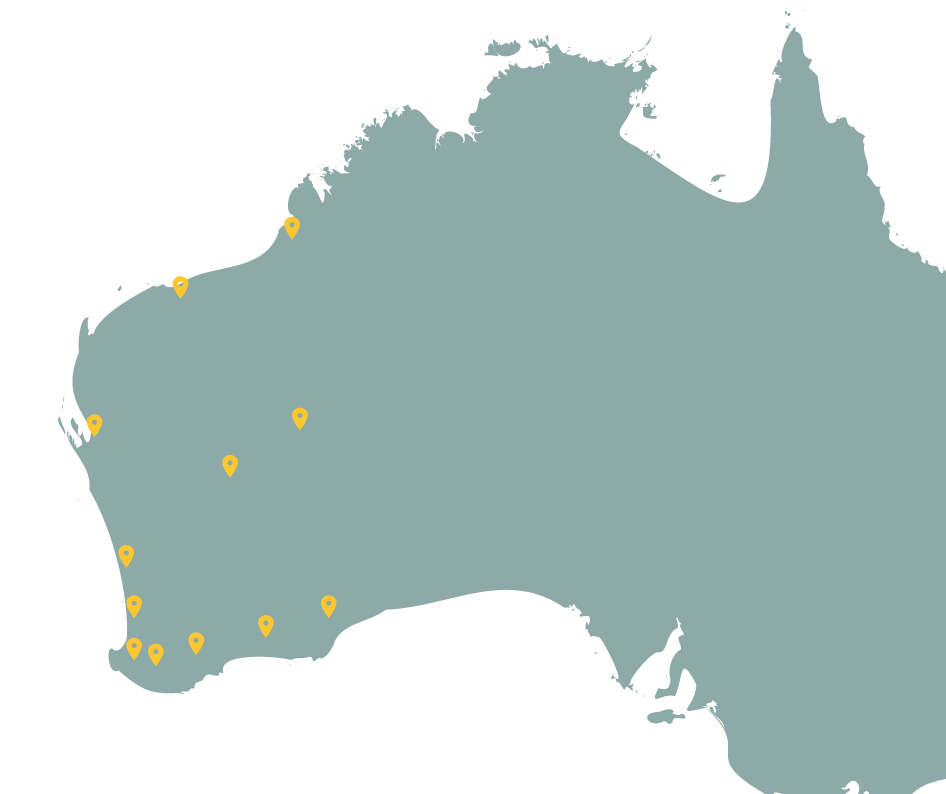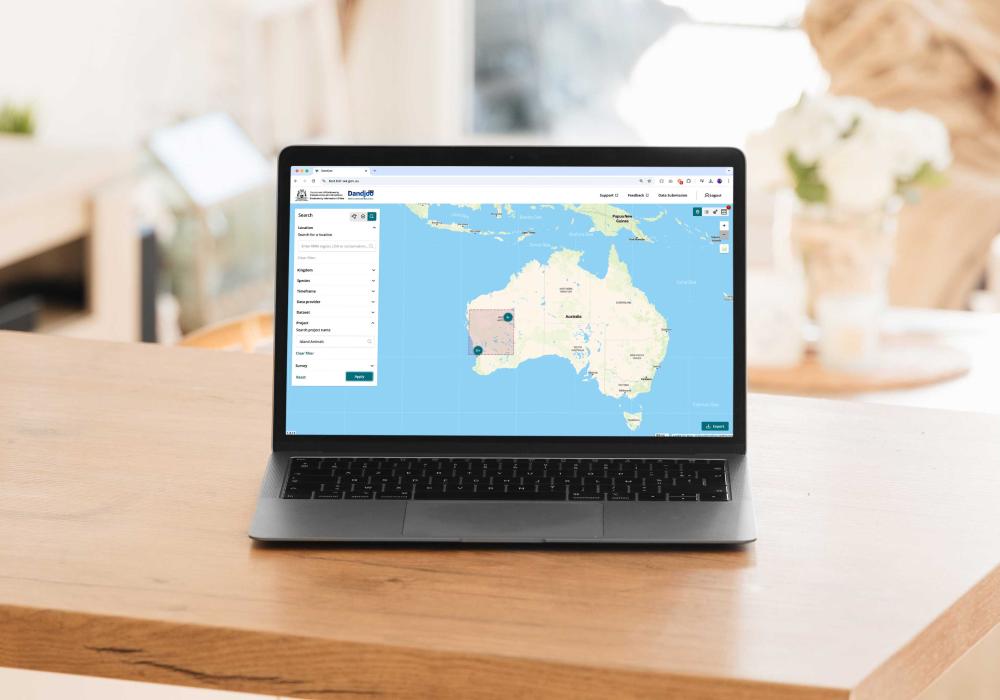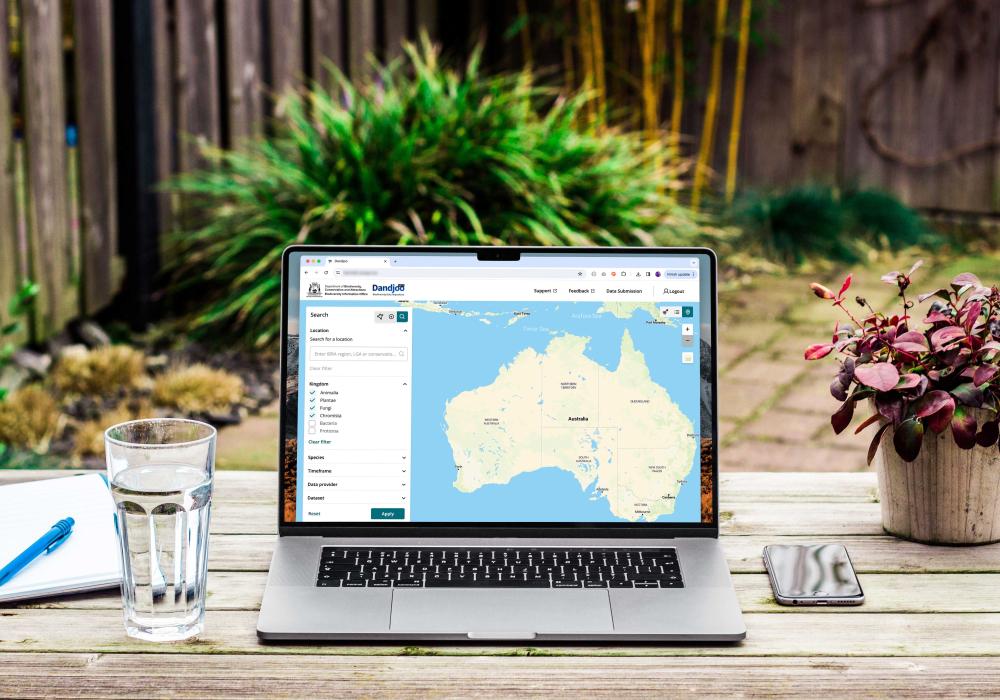Conservation status definitions
Categories of Threatened, Extinct and Specially Protected fauna and flora
The Biodiversity Conservation Act 2016 (BC Act 2016) provides advice for the listing of threatened native plants, animals and ecological communities that need protection. Threatened, Extinct and Specially Protected fauna or flora are species which have been adequately searched for and are deemed to be, in the wild, threatened, extinct or in need of special protection, and have been gazetted as such. Categories of Threatened, Extinct and Specially Protected fauna and flora are:
Conservation status definitions
Threatened species
CD – Species of special conservation interest (conservation dependent)
OS – Species otherwise in need of special protection (other specially protected)
SP – Specially protected species
Priority species
P1 – Priority 1: Poorly-known species - known from few locations, none on conservation lands
P2 – Priority 2: Poorly-known species - known from few locations, some on conservation lands
P3 – Priority 3: Poorly-known species – known from several locations
P4 – Priority 4: Rare, Near Threatened and other species in need of monitoring
Dandjoo specific codes
Parent of conservation listed taxa
Cons code inherited from parent, X
Threatened species
Threatened fauna is the species of fauna that are listed as critically endangered, endangered or vulnerable threatened species.
Threatened flora is the species of flora that are listed as critically endangered, endangered or vulnerable threatened species.
CR Critically endangered species
Threatened species considered to be “facing an extremely high risk of extinction in the wild in the immediate future, as determined in accordance with criteria set out in the ministerial guidelines”.
EN Endangered species
Threatened species considered to be “facing a very high risk of extinction in the wild in the near future, as determined in accordance with criteria set out in the ministerial guidelines”.
VU Vulnerable species
Threatened species considered to be “facing a high risk of extinction in the wild in the medium-term future, as determined in accordance with criteria set out in the ministerial guidelines”.
EX Extinct species
Species where “there is no reasonable doubt that the last member of the species has died”.
EW Extinct in the wild species
Species that “is known only to survive in cultivation, in captivity or as a naturalised population well outside its past range; and it has not been recorded in its known habitat or expected habitat, at appropriate seasons, anywhere in its past range, despite surveys over a time frame appropriate to its life cycle and form”.
SP Specially protected species
Meeting one or more of the following categories: species of special conservation interest; migratory species; cetaceans; species subject to international agreement; or species otherwise in need of special protection.
Species that are listed as threatened species (critically endangered, endangered, or vulnerable) or extinct species cannot also be listed as specially protected species.
MI Migratory species
Fauna that periodically or occasionally visit Australia or an external Territory or the exclusive economic zone; or the species is subject of an international agreement that relates to the protection of migratory species and that binds the Commonwealth.
Migratory species include birds that are subject to an agreement between the government of Australia and the governments of Japan (JAMBA), China (CAMBA) or The Republic of Korea (ROKAMBA) , and fauna subject to the Convention on the Conservation of Migratory Species of Wild Animals (Bonn Convention) , an environmental treaty under the United Nations Environment Program. Migratory species listed under the BC Act are a subset of the migratory animals, that are known to visit Western Australia, protected under the international agreements or treaties, excluding species that are listed as Threatened species.
CD Species of special conservation interest (conservation dependent)
Species of special conservation need that are dependent on ongoing conservation intervention to prevent it becoming eligible for listing as threatened.
OS Species otherwise in need of special protection (other specially protected)
Species otherwise in need of special protection to ensure their conservation. Currently only fauna are listed as species otherwise in need of special protection.
Priority species
Priority is not a listing category under the BC Act. The Priority Flora and Fauna lists are maintained by the department and are published on the department’s website.
All fauna and flora are protected in WA following the provisions in Part 10 of the BC Act. The protection applies even when a species is not listed as threatened or specially protected, and regardless of land tenure (State managed land (Crown land), private land, or Commonwealth land).
Species that may possibly be threatened species that do not meet the criteria for listing under the BC Act because of insufficient survey or are otherwise data deficient, are added to the Priority Fauna or Priority Flora Lists under Priorities 1, 2 or 3. These three categories are ranked in order of prioritisation for survey and evaluation of conservation status so that consideration can be given to potential listing as threatened.
Species that are adequately known, meet criteria for near threatened, or are rare but not threatened, or that have been recently removed from the threatened species list or conservation dependent or other specially protected fauna lists for other than taxonomic reasons, are placed in Priority 4. These species require regular monitoring.
Assessment of priority status is based on the Western Australian distribution of the species, unless the distribution in WA is part of a contiguous population extending into adjacent States, as defined by the known spread of locations.
P1 Priority 1: Poorly-known species - known from few locations, none on conservation lands
Species that are known from one or a few locations (generally five or less) which are potentially at risk. All occurrences are either: very small; or on lands not managed for conservation, for example, agricultural or pastoral lands, urban areas, road and rail reserves, gravel reserves and active mineral leases; or otherwise under threat of habitat destruction or degradation.
Species may be included if they are comparatively well known from one or more locations but do not meet adequacy of survey requirements for threatened listing and appear to be under immediate threat from known threatening processes. These species are in urgent need of further survey.
P2 Priority 2: Poorly-known species - known from few locations, some on conservation lands
Species that are known from one or a few locations (generally five or less), some of which are on lands managed primarily for nature conservation, for example, national parks, conservation parks, nature reserves and other lands with secure tenure being managed for conservation.
Species may be included if they are comparatively well known from one or more locations but do not meet adequacy of survey requirements for threatened listing and appear to be under threat from known threatening processes. These species are in urgent need of further survey.
P3 Priority 3: Poorly-known species – known from several locations
Species that are known from several locations and the species does not appear to be under imminent threat or from few but widespread locations with either large population size or significant remaining areas of apparently suitable habitat, much of it not under imminent threat.
Species may be included if they are comparatively well known from several locations but do not meet adequacy of survey requirements and known threatening processes exist that could affect them. These species need further survey.
P4 Priority 4: Rare, Near Threatened and other species in need of monitoring
(a) Rare. Species that are considered to have been adequately surveyed, or for which sufficient knowledge is available, and that are considered not currently threatened or in need of special protection but could be if present circumstances change. These species are usually represented on conservation lands.
(b) Near Threatened. Species that are considered to have been adequately surveyed and that are close to qualifying for vulnerable but are not listed as a conservation dependent specially protected species.
(c) Species that have been removed from the list of threatened species or lists of conservation dependent or other specially protected species, during the past five years for reasons other than taxonomy.
(d) Other species in need of monitoring.
Dandjoo specific codes
To ensure that Dandjoo meets the Departments responsibilities to the Biodiversity Conservation Act (2016), the following codes have been added to preserve the intent of the Act.
Parent of conservation listed taxa
This code is used to protect a species where all subspecies or varieties are listed as threatened or priority. If a record is submitted at the species level, there is a 100% chance that taxon belongs to a threatened or priority subspecies or variety, and so needs protecting.
Cons code inherited from parent, X
This code is used to identify where a taxon has inherited its code from its parent. For example, species Balaenoptera musculus has the threat code EN and is shown on the Threatened Species Fauna list. By design the code is inherited by its children Balaenoptera musculus brevicauda and Balaenoptera musculus intermedia, but these subspecies are not required to exist on the list itself. To ensure the adequate protection of threatened species records, these taxon are given a placeholder conservation code to ensure the intention of the BC Act (2016) is enacted.
Threatened and Priority Ecological Communities
At this time, Dandjoo does not have the capacity to display Threatened and Priority Ecological Communities. To get information on these communities please visit this website: https://www.dbca.wa.gov.au/management/threatened-species-and-communities.
Guidelines, services and standards
BIO Blog
We have added functions to be able to search, view and download (where available) Systematic Survey Data in the Dandjoo platform.
To enhance value of data for users the following additional data attributes have been added to the data exports to better assist in data filtering.
We have been working hard and now bring you two new ways to search in Dandjoo. These are Kingdom search and Latitude & Longitude search.
From March 2024, Dandjoo will produce a species list for an area of interest inclusive of all known species that has been evident within the area of interest through observation and survey.
Dandjoo is committed to providing biodiversity data to the Western Australian public that is both usable and compliant with legislation regarding sensitive species.
Join the BIO newsletter and get updated first
Sign up for access to the latest developments at the Biodiversity Information Office, upcoming Dandjoo features, and our newest datasets.








